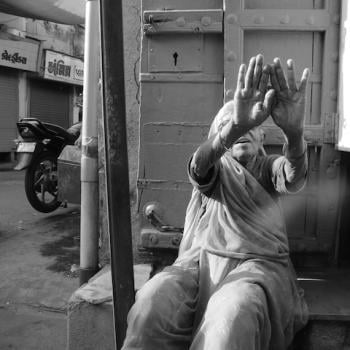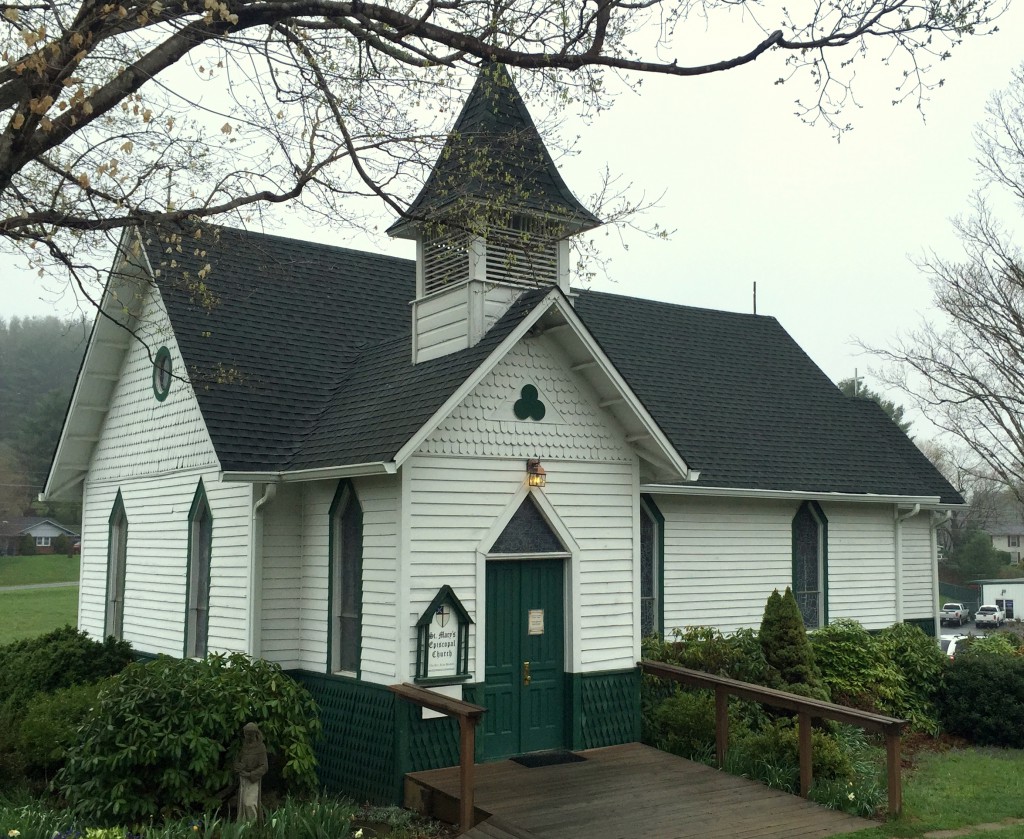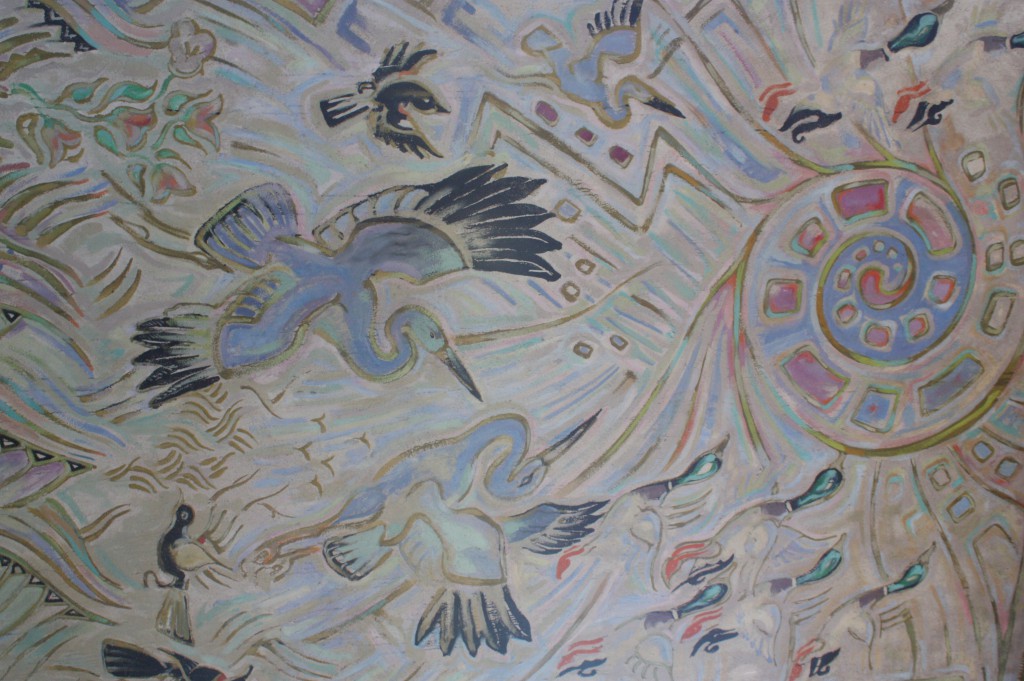
- Image courtesy of Walter Anderson Museum of Art
Sometimes holy places are easy to find, and sometimes they emerge only upon reflection. I was reminded of this truth on a recent trip to the Gulf Coast of Mississippi to attend a meeting of the Society of American Travel Writers (an added treat was a visit with my friend and Holy-Rover-commentator-extraordinaire Mississippi Marian). I knew I would enjoy the Gulf Coast, but I didn’t expect to find a spiritual destination on my trip. But suddenly there one was, popping up in a most unexpected place: the Walter Anderson Museum of Art.
The term “eccentric” doesn’t really do justice to Walter Inglis Anderson (and keep in mind that he lived in the mother lode for eccentrics, the same state that produced Eudora Welty and William Faulkner). Born in 1903, he was raised in an artistic family and attended two of the nation’s top art schools. As an adult, however, that early promise fizzled. He was an occasional husband and largely absent father to his four children, earning a small amount of money working in his brother’s pottery business. As the years passed he became increasingly reclusive and peculiar and was periodically hospitalized for treatment of schizophrenia. Dressed in mismatched clothes, Anderson would ride his rickety bike around the streets of Ocean Springs. Even his own children would cross the street to avoid him when they saw him coming.
But underneath that troubled exterior, his early artistic promise hadn’t died at all. After Anderson’s death in 1965, an astonishing body of work was revealed: more than 30,000 pen-and-ink drawings, watercolor paintings, wooden carvings, and sculptures.
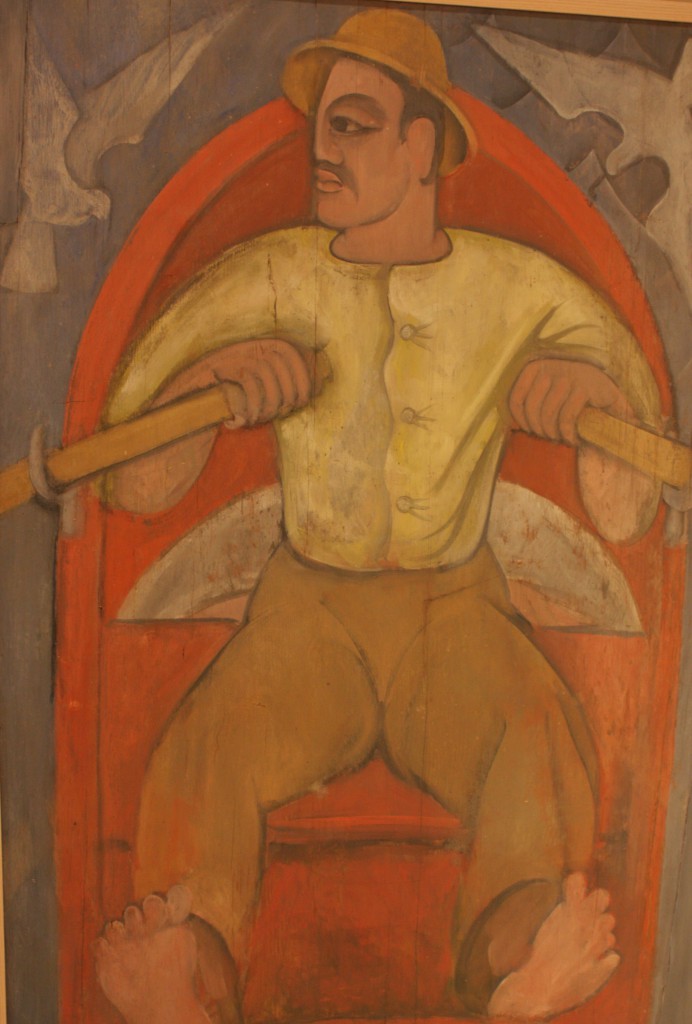
Anderson’s art reflects not just a love of nature, but an almost total immersion in it. One place in particular was his muse, a windswept barrier island called Horn. Over the course of nearly two decades Anderson made countless trips to Horn Island, laboriously rowing 14 miles across open water in a small wooden boat loaded down with his art supplies. There he would stay for weeks at a time, enduring extreme heat, sweltering humidity, biting insects, relentless sun and fierce winds.
Anderson did all of this because he was entranced by the flora and fauna of the Gulf Coast. There was hardly a single animal or plant he didn’t capture in his art: oysters, shrimp, fish, crabs, pelicans, turtles, herons, marsh grasses, insects and trees. Some creatures he would paint twenty times until he was satisfied with them, covering page after page with his sketches. At night he slept in the shelter of his overturned boat; by day he would climb trees, crawl through marshes, and lie nose-to-nose with hermit crabs. One time he even chained himself to a tree during a hurricane because he wanted to fully experience its power. He also produced thousands of pages of journal entries reflecting upon his experiences, writing by the flickering light of a campfire.
His wife Sissy would later say this: “Being with him was like having intense sunlight concentrated on everything … he knew things not only by observation, but by a sort of intuition. He himself was later to define it as the ability to become one with any living thing, a tree, flower, ant or bird.”
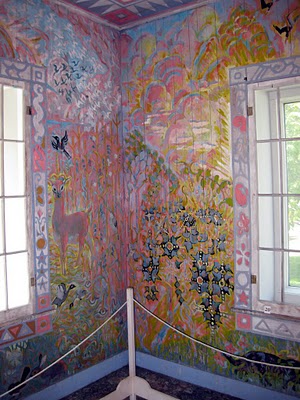
Of all the works discovered after his death, the most surprising was found inside a locked room in the cottage where he had lived alone for 18 years. When his wife broke open its padlock, she discovered that every square inch of the room was covered with murals–a kind of Sistine Chapel of Mississippi, one might say. According to Anderson’s journal, the room’s swirling patterns and dreamlike images were inspired by Psalm 103, that exuberant hymn that begins, “Praise the Lord, my soul; all my inmost being, praise his holy name.” But the Little Room, as it has come to be known, is also a hymn of praise for all that Anderson had experienced on his many trips to Horn Island.
Today Walter Anderson’s artistic reputation is steadily rising and his works sell for many thousands of dollars (benefiting, I’m happy to say, his long-suffering family). A lovely museum showcases his life and work in Ocean Springs, whose residents have come to realize that the hermit who once rode their streets on his rickety bicycle was actually an artistic genius. And in 1978, Horn Island was made a federally protected Wilderness Area, ensuring that its windswept beaches and marshes will remain untouched by human encroachment.
As long-time readers of this blog know, I’m a firm believer in the transformative power of holy places. I love Walter Anderson’s story in part because it shows that while sometimes a pilgrim needs to set out on a journey of many miles, equally valuable pilgrimages can happen when a man sets out in a rowboat to a tiny nearby island, opening himself to the power and wildness he finds there. Anderson’s story is also a testimony to the high price that spiritual seekers often pay for a call. Walter Anderson paid that price freely, but not without considerable suffering both on his part and that of his family.
And, finally, it’s intriguing to speculate on the role schizophrenia played in Anderson’s creative genius and spirituality. According to his daughter, Mary, his mental illness made him “cracked open, vulnerable and acutely receptive to everything that comes through the senses.” That’s a pretty accurate description of a religious mystic, many of whom balance on that fine edge between sanity and what the world sees as madness.

If you get the chance to visit the Gulf Coast of Mississippi, go to the Walter Anderson Museum of Art and stand in the middle of the Little Room that has been moved in its entirety there. I’ve never been to the Sistine Chapel in Rome, but I have a sense that there’s a kinship between those two spaces made sacred by creative passion. Both serve as signposts to heaven. In Walter Anderson’s case, that heaven was populated by scuttling crabs and gliding herons, its air filled with the call of seagulls, the swish of marsh grasses and the rhythmic lullaby of waves.



